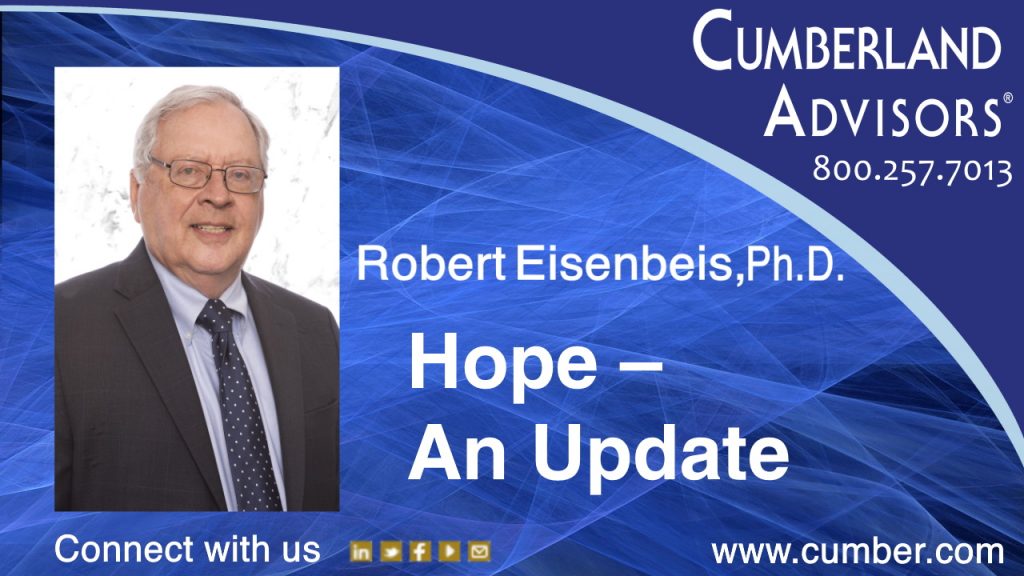Our commentary “FOMC: Hope Now Seems to Be a Strategy” (https://www.cumber.com/cumberland-advisors-market-commentary-fomc-hope-now-seems-to-be-a-strategy/) focused on the FOMC’s latest decision to keep its target for the federal funds rate between 0–.25%, to change its strategy for policy going forward to focus on shortfalls in labor markets from what the Committee perceives to be full employment, and to shift its inflation target from 2% to an average of 2% over an unspecified period of time.
We argued that there are potentially serious problems with these changes, especially the change in the inflation target, that virtually guarantee that the Committee will be behind the curve and not achieve its statutory mandates.
Subsequent to Chairman Powell’s Jackson Hole speech, in which he outlined the new strategy, and the September FOMC decision, Powell and Vice Chairman Quarles, along with two reserve bank presidents, have spoken out about how they see the economy evolving, focusing on the risks resulting from the pandemic and how those risks might impact future inflation, employment, and growth. All of those who have spoken on the economy since the FOMC’s last meeting have emphasized that the economy is recovering, that people are going back to work, and that the consumer is spending while the corporate sector seems to be lagging somewhat. They suggest that the COVID-19 virus is a major source of both uncertainty and risk, especially going into this fall.
Chairman Powell testified before the House Financial Services Committee on September 23. He made a few observations about the economy but turned, in the bulk of his comments, to describing all 13 special programs the Fed has put in place to support the economy. While he touted the five programs that constitute the Main Street Lending Program, he failed to mention that the total outstanding volume in those programs since their initiation in mid-June has been stable at about $38 billion and has not increased to any significant extent since early July.
Vice Chairman Quarles spoke before the Institute of International Bankers at their Virtual DC Summit on September 23. He painted a picture of the global and domestic economies similar to Chairman Powell’s, noting that while the global economy is rebounding, significant challenges remain, especially on the trade front, which has been slow to recover. In some instances, that economic strength has surprised forecasters. Quarles pointed to similar strength in the US economy and noted that FOMC participants had revised up significantly their SEP forecasts for GDP growth and inflation, even when faced with considerable uncertainty over the path of the pandemic. Moreover, he said, applications to start new small businesses surged in the summer, and consumer spending has been stronger than expected. Although he stated that unemployment has dropped from a high of over 14% in April, it still is at 8%; and more fiscal support is likely to be needed since previous benefits have expired. The business sector is more suspect; and commercial real estate, in particular, is under pressure. Quarles noted that future inflation indicators do not point to an acceleration. Lastly, he turned to the FOMC’s new monetary policy strategy, stressing the importance of concern about the zero lower bound, and, as long as inflation remains within bounds, less concern about unemployment’s continuing at very low levels. The Committee should, he said, focus instead on shortfalls from what it believes to be full employment.
Two reserve bank presidents, Bullard and Rosengren, have given outlook talks since the FOMC’s meeting, and they reveal somewhat different views on the state of the economy and the future. President Bullard spoke to a Global Interdependence Center virtual executive briefing and argued that the economic news is dramatically positive and that we should see outsized growth in the third quarter. He even posited that US GDP, notwithstanding substantial downside risks, could reach 2019’s average level by the end of 2020. Similarly, the unemployment rate is declining extremely rapidly and could fall to 5-1/2% should the temporary layoff category return to normal levels.
In contrast, President Rosengren, speaking to the Boston Economics Club on September 23, struck a very somber and less optimistic note regarding the economy. His view was that we are at significant risk of a second wave of virus infections this fall and winter, resulting in more shutdowns and depressing consumer spending. A resurgence of the virus could also depress commercial real estate and negatively impact financial institutions due to foreclosures and lack of business in the retail and hospitality sectors. Rosengren is also not as optimistic as Bullard is when it comes to improvements in the unemployment situation. Finally, he made the case for further fiscal stimulus. The differences in views on the recovery among the participants discussed above reflect the fact that reasonable people can come to different conclusions, especially when faced with the uncertainties of COVID-19. Nevertheless, all but two FOMC voting members approved the policy decision at the last meeting.
Robert Eisenbeis, Ph.D.
Vice Chairman & Chief Monetary Economist
Email | Bio
Links to other websites or electronic media controlled or offered by Third-Parties (non-affiliates of Cumberland Advisors) are provided only as a reference and courtesy to our users. Cumberland Advisors has no control over such websites, does not recommend or endorse any opinions, ideas, products, information, or content of such sites, and makes no warranties as to the accuracy, completeness, reliability or suitability of their content. Cumberland Advisors hereby disclaims liability for any information, materials, products or services posted or offered at any of the Third-Party websites. The Third-Party may have a privacy and/or security policy different from that of Cumberland Advisors. Therefore, please refer to the specific privacy and security policies of the Third-Party when accessing their websites.
Sign up for our FREE Cumberland Market Commentaries
Cumberland Advisors Market Commentaries offer insights and analysis on upcoming, important economic issues that potentially impact global financial markets. Our team shares their thinking on global economic developments, market news and other factors that often influence investment opportunities and strategies.


